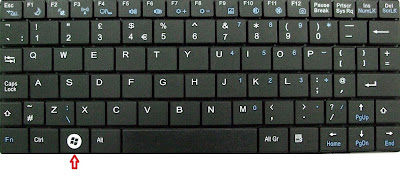This is a process only made available for Windows 8. Other close alternatives in previous Windows are repair and system restore, making it more flexible in approach of rescuing a troubled system than the others. Before doing a refresh of your Windows 8 system it is necessary to make sure all other means of troubleshooting it has been utilized to the fullest, with other alternative means of fixing the problem has been exhausted. If you are experiencing problems with complete corrupt registry and some failure with proper start-up this means of fixing problems can best be helpful to you. It helps to save your important files - your photos, documents and videos as well as other useful folders you created with time, leaving them untouched during the complete process.
However, you are going to install all other packages and applications which didn't come with your Windows operating system manually. This is the disadvantage of doing a system refresh, although, the benefits fully outweigh the time to manually install formerly installed applications.
To carry out with the rudimentary yet one of the best practices of rescuing your computer back to a more functional state with guarantee of your important files you will need to follow this step-by-step information below.
Image showing red arrow pointing to Windows Key
STEP 1: Press the Windows Key to return to metro page.
Image of Windows 8 Metro showing account
STEP 2: Click on your account name and select 'Change account picture' to continue.
Image of PC Settings in Windows 8
STEP 3: At ' PC Settings' click 'General'
Image showing red arrow pointing to Get started
STEP 4: To your right-hand side of the screen click 'Get started' under 'Refresh your PC without affecting your files' to continue.
Image showing Windows 8 refreshing a PC
STEP 5: Wait for the system to start Refreshing your PC and during the process it may ask for your Windows installation disc or USB to be inserted.
Image showing example of applications
STEP 6: After completing refreshing your PC, you'll manually have to install third-party packages and other windows applications.





